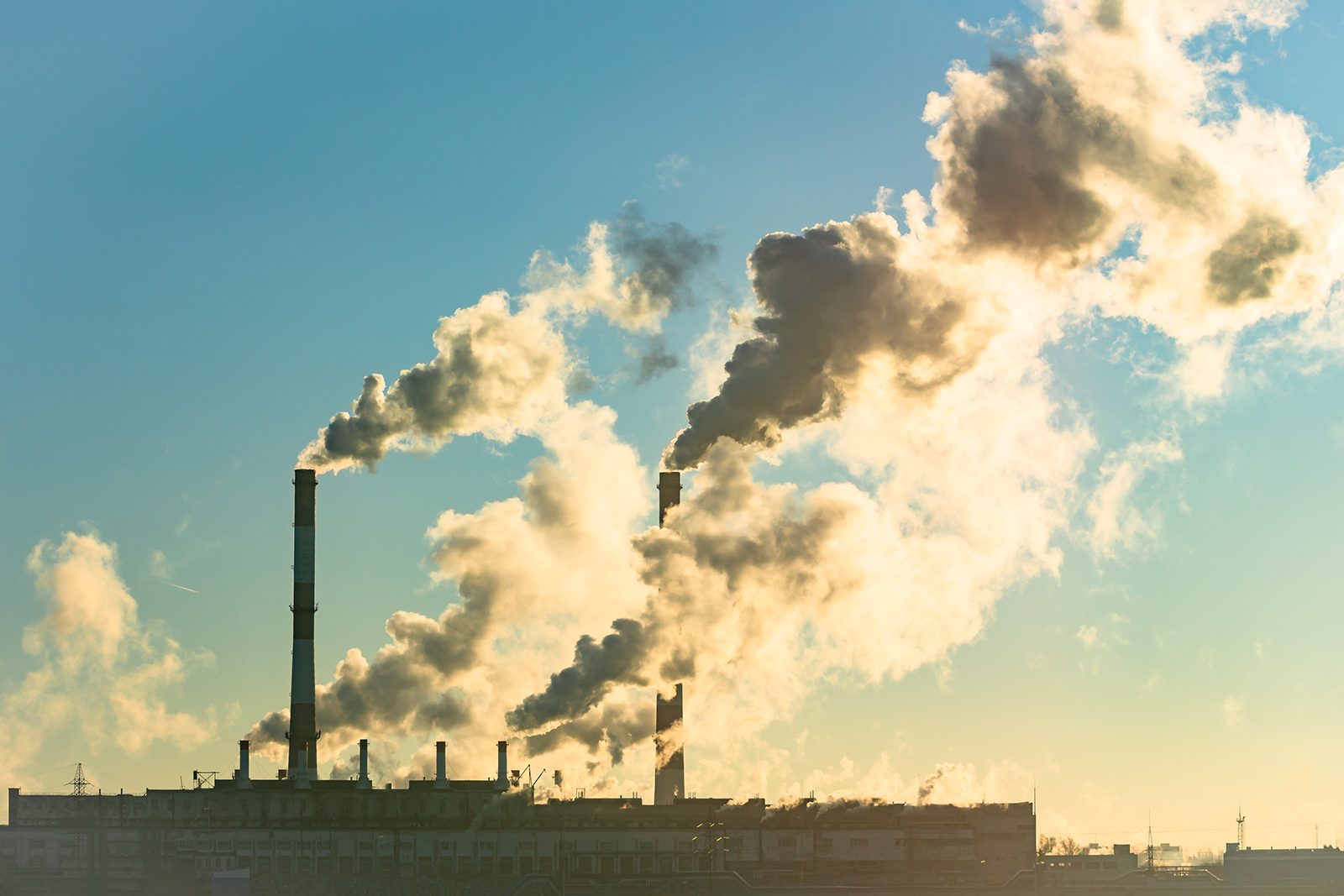
Wetlands are among the most ecologically important and diverse ecosystems on our planet, yet they are often underappreciated and threatened. In this blog, we’ll explore the significance of wetlands, the challenges they face, and the ways we can protect and restore these critical environments.
What Are Wetlands?
Wetlands are transitional zones between land and water, characterized by their unique hydrology, soil, and vegetation. They come in various forms, including marshes, swamps, bogs, and floodplains. Wetlands are found on every continent except Antarctica and play a crucial role in maintaining biodiversity and ecosystem health.
Ecosystem Services of Wetlands
Wetlands offer a wide range of ecosystem services, including:
- Flood Mitigation: Wetlands act as natural sponges, absorbing and slowing the release of floodwaters, reducing the risk of downstream flooding.
- Water Purification: They filter and purify water, removing pollutants and improving water quality.
- Habitat for Wildlife: Wetlands provide critical habitat for countless species of birds, amphibians, fish, and plants.
- Carbon Storage: They store large amounts of carbon, helping to mitigate climate change.
Challenges and Threats
Despite their importance, wetlands are under threat from human activities. Drainage for agriculture, urban development, pollution, and climate change are causing wetland loss and degradation. This not only harms the environment but also affects the communities that rely on wetlands for their livelihoods.
Protecting and Restoring Wetlands
- Conservation: Implement and enforce wetland conservation laws and regulations to prevent further degradation.
- Restoration: Restore degraded wetlands by removing invasive species, replanting native vegetation, and recreating natural hydrological patterns.
- Education: Raise awareness about the value of wetlands and engage communities in their conservation.
- Sustainable Land Use: Encourage sustainable agricultural and urban planning practices that protect wetlands.
Wetlands are not just swamps; they are vibrant ecosystems that support life, clean our water, and mitigate the impacts of climate change. It’s our responsibility to protect and restore these valuable natural resources for current and future generations.



